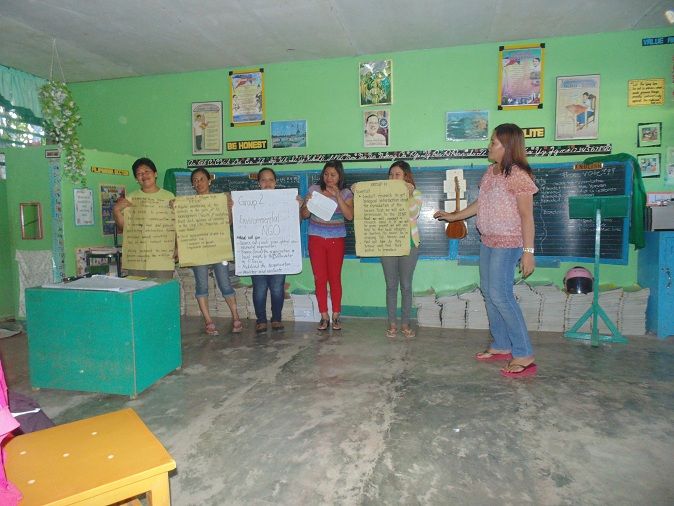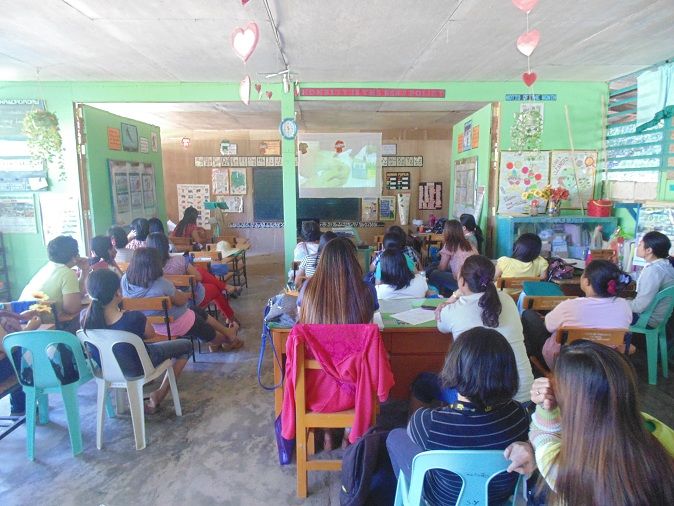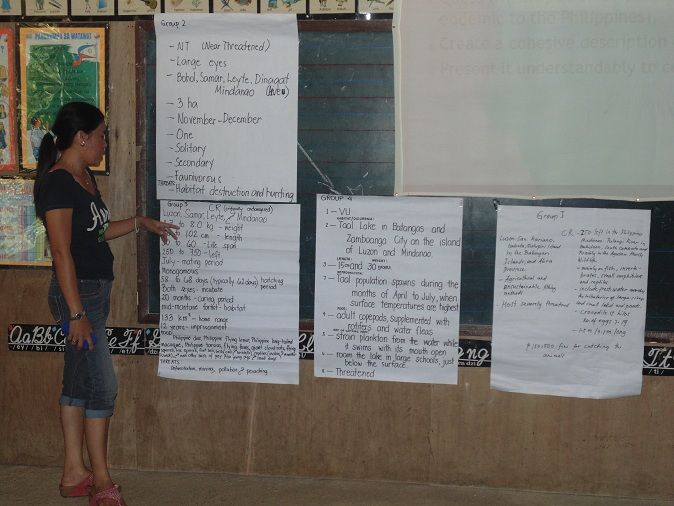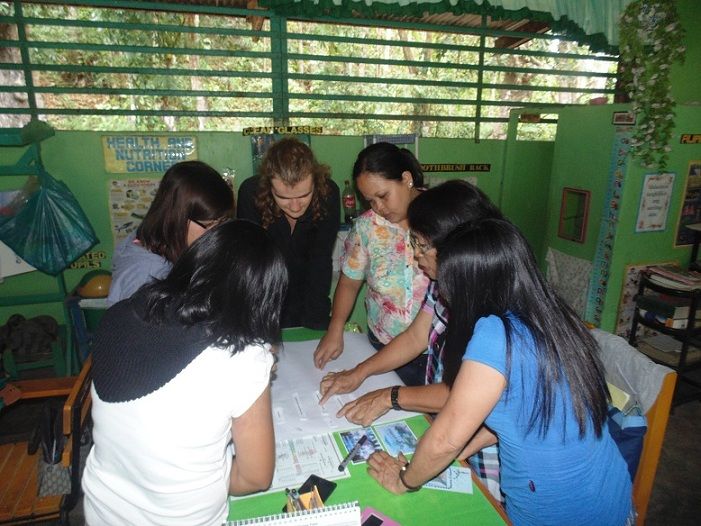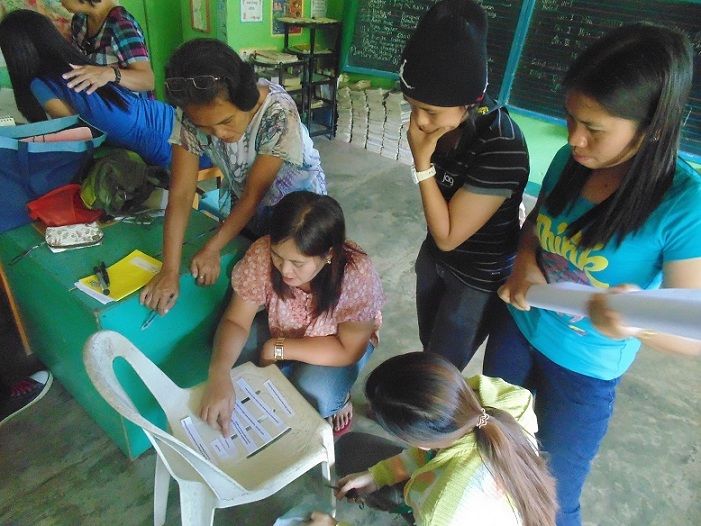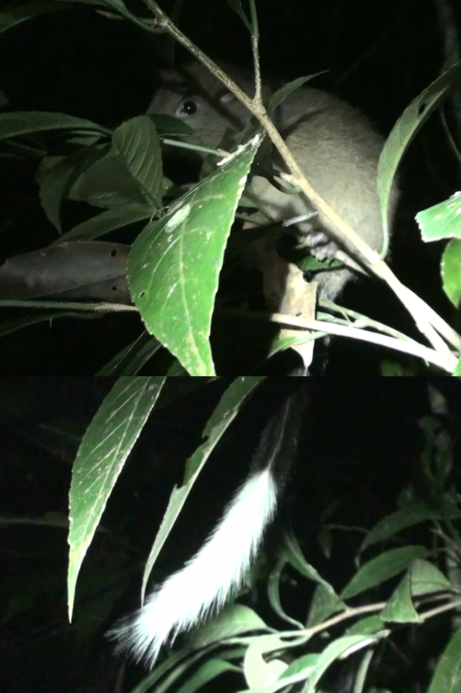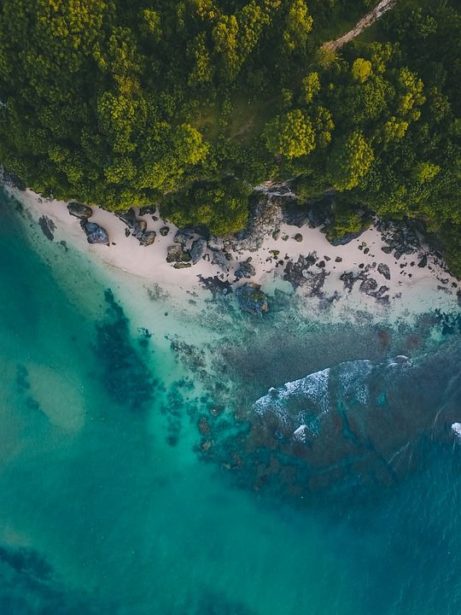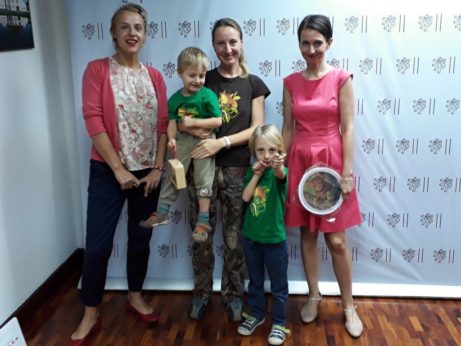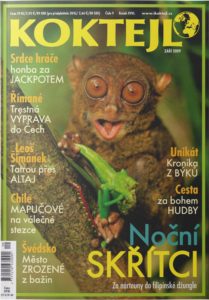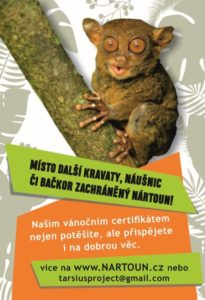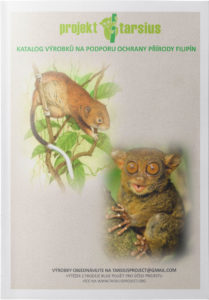Traineeship for local teachers
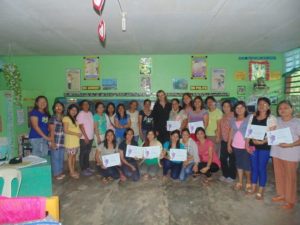 The conservation education does not only target younger members of local communities, but older ones as well. Therefore, besides educating young pupils, the idea of traineeship for teachers of elementary schools came up and became our next educational activity. In total, 30 teachers and principals from 6 schools in Bilar, specifically Owac, Villa Aurora, Subayon, Villa Suerte, Riverside and Rizal Elementary Schools, were invited to participate in our programme. Initially, the traineeship was meant to last around 3 hours, but curiosity among participants was very high and they requested extension of proposed programme. Obviously, seeing such a great interest, request was accepted, and in the final stage, the traineeship lasted entire day and took place on 31st March, 2015 in Owac Elementary Schools. During the course of preparation, it has drawn attention not only to the teachers, but also the idea of this educational activity was approved and kindly supported by District Coordinating Principal and Mayor of Bilar. The programme comprised of two parts divided into lectures and practical assignments. In first part, our field assistant, Filip showed to the teachers aspects of biodiversity, its levels, concepts of endemism, cosmopolitanism and biodiversity hotspots as well as basics of classifying species in terms of their endangerment and also Island Biogeography Theory were discussed. After this theoretical background, teachers were presented with Philippine wildlife with its most remarkable species and current status. The lecture was finished with explaining functions, importance and threats of three unique ecosystems on Bohol Island: coral reefs, mangroves and limestone karst. Teachers were after grouped and assigned with 5 different sets of information, related with 5 endemic species of the Philippines (Philippine eagle, Philippine crocodile, Philippine tarsier, Philippine flying lemur and Sardinella tawilis, locally called tunsoy). When all groups put pieces of information in order and came up with an idea what species it is, they presented their animals to co-teachers.
The conservation education does not only target younger members of local communities, but older ones as well. Therefore, besides educating young pupils, the idea of traineeship for teachers of elementary schools came up and became our next educational activity. In total, 30 teachers and principals from 6 schools in Bilar, specifically Owac, Villa Aurora, Subayon, Villa Suerte, Riverside and Rizal Elementary Schools, were invited to participate in our programme. Initially, the traineeship was meant to last around 3 hours, but curiosity among participants was very high and they requested extension of proposed programme. Obviously, seeing such a great interest, request was accepted, and in the final stage, the traineeship lasted entire day and took place on 31st March, 2015 in Owac Elementary Schools. During the course of preparation, it has drawn attention not only to the teachers, but also the idea of this educational activity was approved and kindly supported by District Coordinating Principal and Mayor of Bilar. The programme comprised of two parts divided into lectures and practical assignments. In first part, our field assistant, Filip showed to the teachers aspects of biodiversity, its levels, concepts of endemism, cosmopolitanism and biodiversity hotspots as well as basics of classifying species in terms of their endangerment and also Island Biogeography Theory were discussed. After this theoretical background, teachers were presented with Philippine wildlife with its most remarkable species and current status. The lecture was finished with explaining functions, importance and threats of three unique ecosystems on Bohol Island: coral reefs, mangroves and limestone karst. Teachers were after grouped and assigned with 5 different sets of information, related with 5 endemic species of the Philippines (Philippine eagle, Philippine crocodile, Philippine tarsier, Philippine flying lemur and Sardinella tawilis, locally called tunsoy). When all groups put pieces of information in order and came up with an idea what species it is, they presented their animals to co-teachers.
In the second part focus was laid on wildlife conservation, when teachers could get to know with values of wildlife, especially from economical perspective. Then, the concept of species extinction and its drivers were presented, with special attention put on Philippine examples, among others, extinction of caprinid fish species in Lanao Lake and overexploitation of mammals and birds species on Palawan Islands. With this information in hand, the participants could deepen their knowledge on what happens to population when it decreases in size. Ultimately, two approaches to conservation: in-situ and ex-situ, were discussed. Soon after the lecture, teachers who stayed at the same groups as in the first assignment, were given a roles of different stakeholders involved in hypothetical tarsiers’ conservation project (politicians, Department of Environment and Natural Resources, environmental NGO, local villagers and scientists). Filip helped all groups in thinking about their policy and arguments, representing typical interests of each stakeholder. When everybody was ready, he started and facilitated the discussion between all of the stakeholders, when the teachers realized how difficult is to conserve nature, when different interests have to be met and noticed practical problems associated with conservation projects.
The participants were really interested in the presented topics, frequently asking questions to presented material and fully participating in practical exercises. At the end, an evaluation of the traineeship was made and teachers received Certificates of Accomplishment, which confirmed their newly gained knowledge. They guaranteed that they will pass presented information to their pupils, raising their environmental awareness and sensitivity, which hopefully will increase chances of survival not only of the tarsiers, but other important wildlife and nature in the Philippines.
